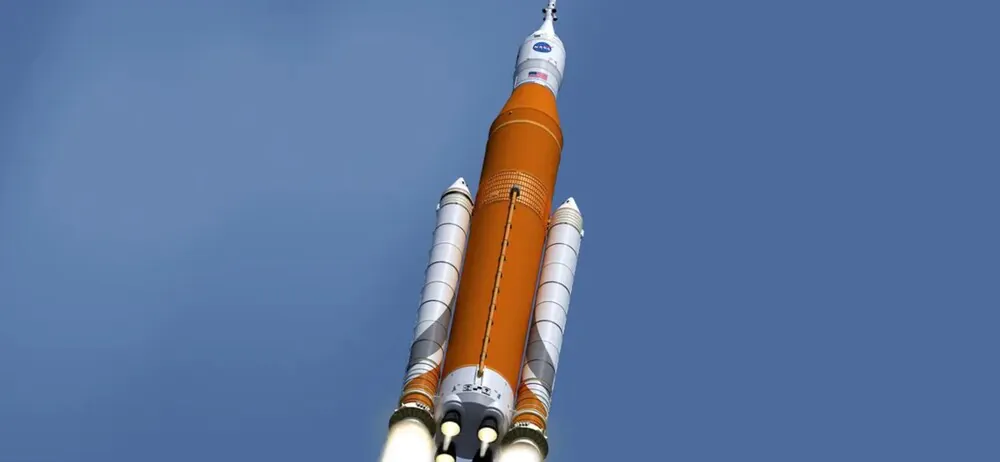© ROOT-NATION.com - Use of content is permitted with a backlink.
The year 2023, which is coming to an end, was eventful in NASA’s space programs and beyond. The sending of the Psyche probe to the planetary proto-core, the return of soil from the asteroid Bennu, the incredible discoveries of the James Webb Space Observatory and other events made it bright and rich. The new year 2024, which is coming, will bring with it even more events, the approach of which NASA anticipates in its New Year’s video card.
The most anticipated event of 2024 was and remains the launch of the Artemis II mission. Four astronauts are to fly around the moon, getting closer to the satellite within 130 km. November is the planned date for Orion’s launch on a Space Launch System (SLS) rocket. The rocket will repeat the Orion unmanned flight program but with people on board. A rocket will also be laid for the third Artemis mission, with the planned landing of humans on the lunar surface.

Along the way, small and large launch vehicles and lunar rovers will be sent to the Moon. The landing of the VIPER rover on the moon will be a matter of NASA’s responsibility. The golf cart-sized vehicle will conduct reconnaissance near the moon’s South Pole in search of water ice deposits, a strategic resource for future lunar bases. The rover was supposed to fly this year, but its launch was delayed for in-depth diagnostics of the lander, which is manufactured by the private company Astrobotic. The latter could not meet the deadlines.
Deep into the solar system, NASA will send the Europa Clipper mission to study one of Jupiter’s largest moons, Europa. This will be one of the first steps in the in-depth study of the sub-icy oceans of the icy moons of Saturn and Jupiter. Biological life could well have originated there in the warm depths, and even if not, then in the distant future, when our Sun sheds its shell, humanity will be able to find shelter for a long time on the water-rich moons of the giant planets.
NASA is also interested in seeing SpaceX’s project to create a reusable Starship ship reach the finish line. The ship still hasn’t successfully launched into space, and it’s probably a matter of the new year. Starship is entrusted with missions for the regular delivery of people and cargo to the Moon, as well as the conquest of Mars.

In near space, NASA will continue to support flights to the ISS and scientific research in space. The James Webb Space Observatory will have its say in space scientific discoveries. It has already “broken” many established theories in cosmology, and now it should help us create new ones or fix old ones. This is far from a complete list of expected cosmic events in the new year. And we will try to cover most of them as widely as possible.
Read also:
- Scientists calculated how many times the planets of the Solar system revolved around the sun
- Scientists have collected new data on mysterious fast radio pulses


